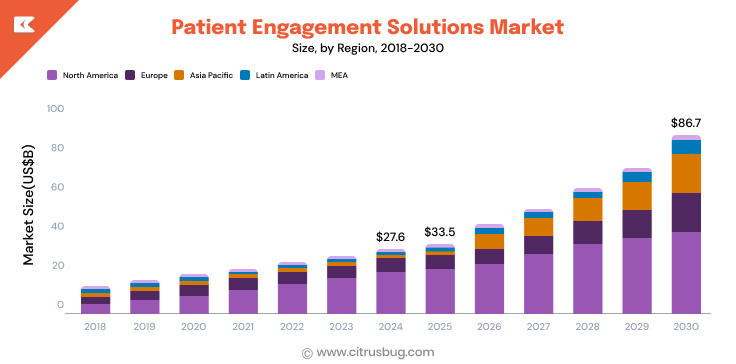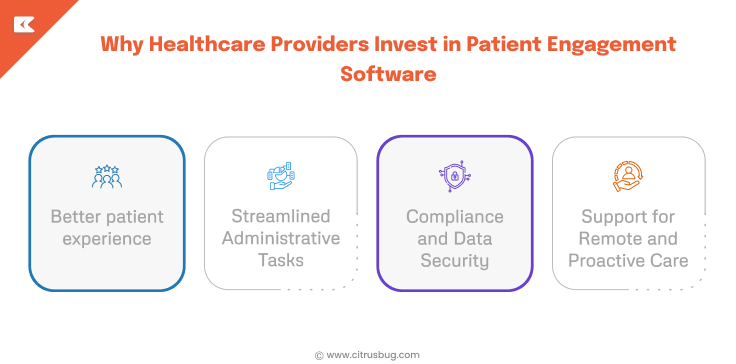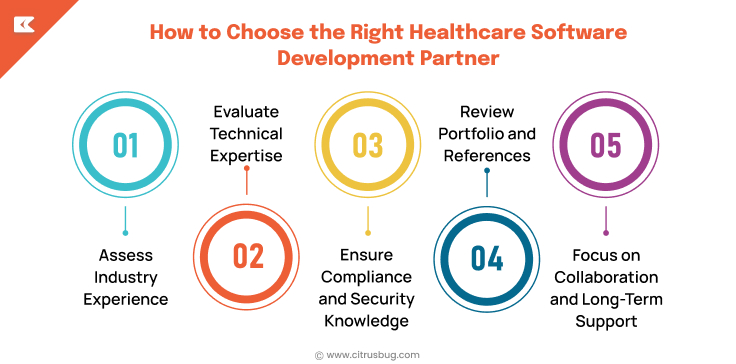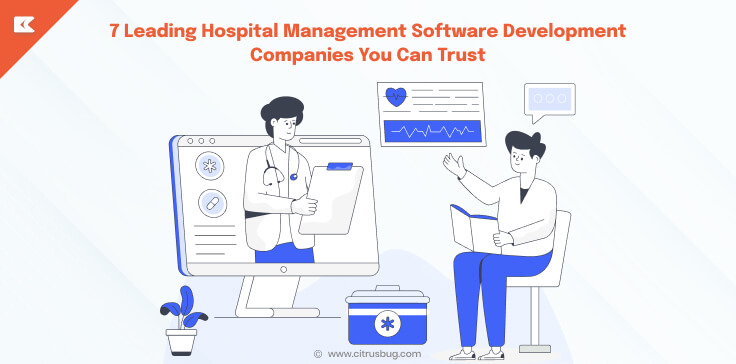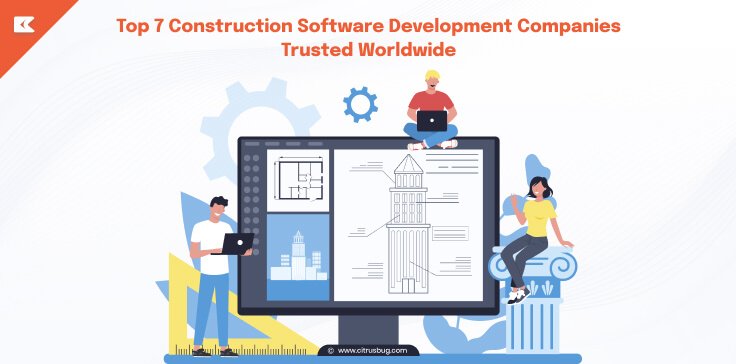Table of Contents
- What is Patient Engagement Software?
- Market Overview of Patient Engagement Software
- Why Healthcare Providers Invest in Patient Engagement Software
- Key Factors That Influence Patient Engagement Software Cost
- Pricing Models in Patient Engagement Software Development
- Average Cost Range to Develop a Patient Engagement Software
- ROI of Patient Engagement Software
- How to Optimize Costs in Custom Development
- Choosing the Right Development Partner
- The Future of Patient Engagement Software
- Conclusion
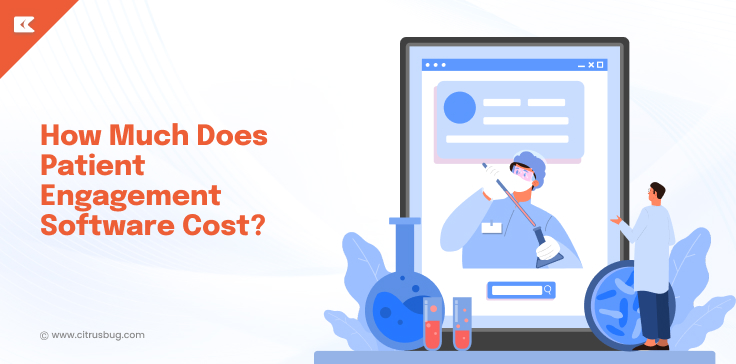
Healthcare is turning to patient-centred care, whereby communication and convenience are as important as treatment. Patients demand prompt booking of appointments, safe access to their health records, and convenient methods of communication with their providers. This is the reason why patient engagement software has become a necessity.
Still, the question most asked by healthcare organizations is: What does it cost? The patient engagement software cost depends on various factors such as features, integrations, regulatory compliance, and whether you want to buy an off-the-shelf or custom-made solution.
This blog will discuss the most important cost drivers, the common pricing scales, and the long-term worth of investing in custom patient engagement solutions. You will discover why healthcare providers have been resorting to custom software development to create scalability, compliance, and integration of their existing systems without problems.
What is Patient Engagement Software?
Patient engagement software helps healthcare providers to communicate with their patients. It is not simply an appointment reminder. The use of modern solutions helps patients to check their medical records, make appointments, access educational information and communicate with care teams safely.
Key features often include:
- Patient portals for viewing health records and test results.
- Appointment, medication or preventive care reminders.
- Patient-provider secure messaging.
- Remote consultation with telehealth.
- AI-powered chatbots to answer common questions or triage requests.
Patient engagement solutions that are customized are particularly helpful. Compared to the generic platforms, they can be integrated into the current EHR systems, adhere to the HIPAA and GDPR regulations and fit the local workflow of your clinic or hospital.
Custom solutions help providers to enhance patient satisfaction, reduce administrative workloads, and enhance clinical performance. This is where the patient engagement software development steps in significantly, as it can support the functions and operations that align with the specific needs of a given healthcare organization.
Market Overview of Patient Engagement Software
The patient engagement software market is growing fast as healthcare providers aim to deliver convenient, patient-centered care. The modern solutions are a combination of portals, telehealth, messaging, and analytics that allow providers to effectively engage patients without causing non-compliance. This growth is part of the broader digital transformation in healthcare, which emphasizes interoperability, secure data sharing, and enhanced patient experiences.
The market of patient engagement solutions is expected to reach USD 86.67 billion by 2030 with a CAGR of 20.97% between 2025 and 2030. The U.S. market alone in North America is projected to increase from USD 6.95 billion in 2023 to USD 28.83 billion in 2033, growing at a 15.29% CAGR, with a well-developed healthcare infrastructure and strong usage of digital health tools.
Personalized patient engagement solutions are replacing off-the-shelf platforms in healthcare organizations. It can easily integrate with existing EHR systems, are HIPAA/GDPR compliant and fits your particular healthcare workflow. New technologies like, AI chatbots, predictive analytics and remote patient monitoring also help in improving patient engagement, operational efficiency and clinical workflows.
Why Healthcare Providers Invest in Patient Engagement Software
1. Better patient experience
- Easy access to health records and test results.
- Secure messaging with providers.
- Convenient appointment scheduling and reminders.
- Improves patient satisfaction and patient loyalty.
2. Streamlined Administrative Tasks
- Automates registration and billing of patients.
- Eliminates human mistakes and manual work.
- Incorporates telehealth to enhance the smooth workflows.
3. Compliance and Data Security
- Is HIPAA, GDPR, and other regulations compliant.
- Custom solutions securely handle sensitive patient data.
- Supports integration with healthcare business intelligence software for better insights.
4. Support for Remote and Proactive Care
- Allows remote patient monitoring to continue engaging with patients.
- Promotes prevention as well as decreases readmission of patients.
- Improves operational efficiency without adding repetitive anchor links.
Key Factors That Influence Patient Engagement Software Cost
Type of Solution (Custom vs Off-the-Shelf)
- Custom solutions are flexible, have smooth integrations, and are fully compliant with regulations.
- SaaS-based tools allow for limited customization, integration, and workflow adaptability.
Deployment Model
- Cloud-based healthcare solutions save on infrastructure and are updated faster.
- Premises-based deployment provides control, but has increased initial cost.
Features & Functionalities
- Patient portal for secure access to records.
- Telehealth and video consultations.
- AI chatbots to provide automated assistance.
- EHR integration, analytics, and notifications.
UI/UX Design
- User interfaces help in adoption and involvement.
- Mobile design makes the device responsive.
Security & Compliance Requirements
- Compliance with HIPAA, GDPR, FDA/IEC 62304, and HL7/FHIR.
- Encryption, access controls, and audit capabilities ensure data protection.
Integration with Existing Systems
- Connecting with EHR/EMR, lab systems, payment gateways, and IoT increases complexity and cost.
Scalability & User Base
- The infrastructure and development needs are higher when several facilities or hospitals are supported.
- Prices are proportional to the user count and data size.
Ongoing Support & Maintenance
- Annual updating, fixing bugs and compliance are crucial to efficient functioning.
- Proper maintenance ensures long-term ROI and reliability.
Pricing Models in Patient Engagement Software Development
| Pricing Model | Description | Pros | Cons |
|---|---|---|---|
| Custom Development (One-Time Build) | Full software built to your specifications, with tailored workflows, integrations, and compliance features. | Fully customizable, scalable, compliant, supports complex workflows. | Higher upfront cost, longer development timeline. |
| SaaS-Based Subscription | Monthly or annual subscription for ready-made software with limited customization. | Lower initial cost, quick deployment, easier maintenance. | Limited customization, restricted integrations, dependent on vendor for updates. |
| Modular / Phased Development | Build in stages, starting with an MVP; additional features added later. | Cost-controlled, flexible, allows testing adoption and ROI before full build. | Longer overall timeline to achieve full feature set. |
| Hybrid Model | Combination of SaaS modules with custom-built features for critical workflows. | Flexible, scalable, tailored where needed without full rebuild. | Can be complex to manage multiple modules/vendors. |
Custom patient engagement software gives you the flexibility to create a solution that truly fits your organization. It can comply with your workflows, integrate with your already existing systems, and expand with your changing patient engagement requirements. It is designed to help achieve long-term objectives and practical issues, unlike conventional tools.
Average Cost Range to Develop a Patient Engagement Software
The patient engagement software cost is based on several factors, such as capabilities, integrations, conformance, and level of design. The following is an approximate estimate of the main elements of a custom-built solution:
| Development Component | Estimated Cost Range (USD) | Description |
|---|---|---|
| Front-End Development | $15,000 – $50,000 | User interface for web and mobile, responsive design, patient-friendly layout. |
| Back-End Development | $20,000 – $70,000 | Server-side logic, databases, APIs, integration with EHR/EMR systems. |
| UI/UX Design | $5,000 – $25,000 | Wireframes, prototypes, accessibility features, interactive design. |
| AI & Automation Modules | $10,000 – $50,000 | Chatbots, predictive analytics, automated notifications. |
| Telehealth & Video Integration | $8,000 – $30,000 | Secure video consultations, appointment scheduling, recording features. |
| Security & Compliance Features | $5,000 – $20,000 | HIPAA/GDPR compliance, encryption, audit trails, role-based access. |
| Testing & QA | $5,000 – $15,000 | Functional testing, performance testing, security validation. |
| Deployment & Cloud Setup | $3,000 – $10,000 | Cloud configuration, server setup, environment deployment. |
| Maintenance & Support (Annual) | $5,000 – $15,000/year | Updates, bug fixes, compliance monitoring, ongoing technical support. |
Total Estimated Cost: $76,000 – $285,000+ depending on complexity, number of users, and integrations.
ROI of Patient Engagement Software
An investment in patient engagement software provides quantifiable returns in operational, clinical and financial domains.
Reduced Administrative Burden & No-Shows
The automation of appointment reminders, patient registration, and billing activities minimize human errors and manual work. Efficient communication systems enable the enhancement of patient attendance and the organization of the work of clinics.
Improved Patient Retention
Better communication and accessible digital tools increase patient satisfaction and loyalty. Engaged patients are more likely to return for follow-ups, preventive care, and chronic disease management, boosting long-term retention.
Better Clinical Outcomes & Cost Savings
Timely reminders, telehealth access, and predictive insights lead to proactive care. Early interventions minimize complications and readmissions in hospitals, which translates into huge long-term cost savings.
Scalability & Regulatory Adaptation
Patient engagement solutions that are designed specifically for your organization can expand with additional features, users, and facilities without being fully redesigned. They are also quick to adjust to varying rules and regulations, keeping themselves to safeguard ROI.
An effective patient engagement platform is not only beneficial to the patient experience but can also bring measurable business value, and thus is a clever investment by healthcare providers.
How to Optimize Costs in Custom Development
1. Start with a Minimum Viable Product (MVP)
Launching an MVP allows healthcare organizations to focus on core features such as patient portals, messaging, and appointment scheduling. With early feedback, more advanced features such as AI chatbots or predictive analytics can be introduced afterwards to save initial costs and risk of development.
2. Prioritize High-Impact Features
Make investments in features that provide quantifiable benefits, like better patient engagement or less administration, or clinical outcomes. Deferring low-impact functionalities ensures that resources are allocated efficiently.
3. Adopt Modular Development
The step-by-step construction of the software enables the development of each module, testing, and deployment of the software. This stepwise approach limits start-up investment and enables the platform to expand as organizational requirements change.
4. Leverage Cloud Infrastructure
Cloud deployment saves on server and maintenance expenses as opposed to on-premise. It is also scalable easily to support an increase in users or data, without significant initial costs.
5. Plan for Integration and Compliance Early
Integrating EHR/EMRs and regulatory standards like HIPAA or GDPR early makes these redesigns and implementations more cost-effective and makes the software compliant, secure, and workflow alignment.
Choosing the Right Development Partner
Step 1: Assess Industry Experience
A healthcare-specific development partner is capable of overcoming clinical workflow, compliance criteria, and patient engagement issues. Their experience minimizes the project risk and makes the solution meet the demands of real-life healthcare.
Step 2: Evaluate Technical Expertise
The right candidate should have expertise in front-end and back-end development, user interface/user experience design, cloud development, and integrations. Having knowledge of the new technologies, including AI or automation, can contribute to the platform being powerful and future-proof.
Step 3: Ensure Compliance and Security Knowledge
The healthcare software has to be of a high standard in terms of regulations. The partner needs to be familiar with HIPAA, GDPR, FDA/IEC 62304, and HL7/FHIR standards, encryption, access control and auditing.
Step 4: Review Portfolio and References
Review previous work and customer feedback on a reputable site such as Clutch to obtain information on the capacity and reliability of the provider. A successful track record in the development of patient engagement software guarantees them quality and on-time delivery at a reasonable cost.
Step 5: Focus on Collaboration and Long-Term Support
Effective communication, flexibility of workflows and constant care maintenance are required. A robust collaboration means that the software is safe, compliant and flexible to the changing healthcare needs.
Why Choose Citrusbug
Citrusbug Technolabs specialises in customised healthcare software development and helps organisations create scalable and compliant patient engagement designs. We take healthcare providers through the entire cycle of planning, building, implementation, and maintenance as we are experts in AI, cloud integration, and secure data management. We ensure that we deliver a solution that satisfies your unique requirements and gives a high ROI.
The Future of Patient Engagement Software
AI-Driven Personalization
Artificial Intelligence is revolutionizing patient engagement by enabling highly personalized care experiences. The AI algorithms interpret patient data to provide personalized information on health, predictive analytics, and reminders, and improve commitment to treatment plans. The global AI in healthcare market is projected to grow from USD 26.57 billion in 2024 to USD 187.69 billion by 2030, reflecting a compound annual growth rate (CAGR) of 38.62%.
Integration with IoT and Wearables
Use of Internet of Things (IoT) devices and wearable health monitors in patient engagement platforms is increasing. These technologies present patient vital and activity data in real-time, making it possible to offer proactive care and remote monitoring. The connected healthcare market, encompassing these devices, is expected to reach USD 102.09 billion by 2032, growing at a CAGR of 15.61%.
Telehealth Expansion
Telehealth is increasingly becoming a part of the system of patient engagement, providing convenient access to care via digital means. The telehealth worldwide market is expected to grow at a rate of 24.68%, increasing from USD 123.26 billion in 2024 to USD 455.27 billion in 2030.
Enhanced Data Analytics
Patient data are being more actively used to generate actionable insights based on advanced data analytics to enhance clinical decision-making and operational efficiency. The integration of business intelligence tools with patient engagement platforms supports evidence-based care and personalized treatment plans.
Regulatory and Security Advancements
With the spread of digital health solutions, complying with medical standards like HIPAA and GDPR is a top priority. The next generation of patient engagement platforms will be developed with high security, such as stronger encryption and multi-factor authentication, to protect patient data and ensure regulatory compliance.
Greater Focus on Patient Experience
The future generation of patient engagement software focuses more on convenient interfaces and interactions. Such characteristics as mobile-friendly layouts, interactive dashboards, and artificial intelligence-based support are currently being created to enhance patient satisfaction and encourage ongoing engagement.
Conclusion
Understanding patient engagement software cost helps healthcare organizations plan smart investments. Costs depend on features, integrations, compliance, and deployment models, but a custom solution provides long-term ROI through better patient retention, reduced administrative burden, and improved clinical outcomes.
The future of patient engagement software is determined by AI, IoT, telehealth, and advanced analytics, which work towards better patient experience and operational performance. The selection of the appropriate development partner ensures your software is safe, regulatory, elastic, and to your specifications.
Citrusbug Technolabs focuses on the development of custom patient engagement software, which enhances workflows, increases ROI, and helps ensure your organization is prepared to handle the changing healthcare environment.



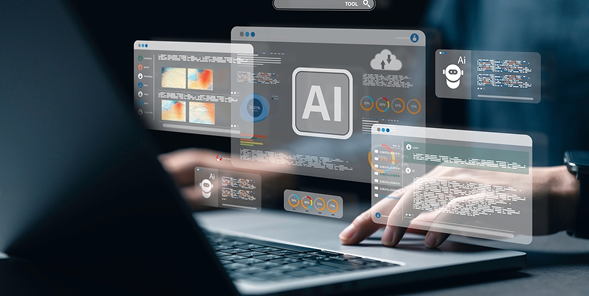

 SaaS Development
SaaS Development Web Application Development
Web Application Development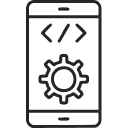 Mobile Application Development
Mobile Application Development Custom Software Development
Custom Software Development Cloud Development
Cloud Development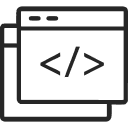 DevOps Development
DevOps Development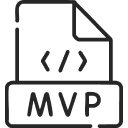 MVP Development
MVP Development Digital Product Development
Digital Product Development Hire Chatbot Developers
Hire Chatbot Developers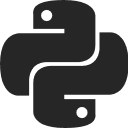 Hire Python Developers
Hire Python Developers Hire Django Developers
Hire Django Developers Hire ReactJS Developers
Hire ReactJS Developers Hire AngularJS Developers
Hire AngularJS Developers Hire VueJS Developers
Hire VueJS Developers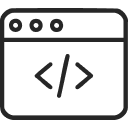 Hire Full Stack Developers
Hire Full Stack Developers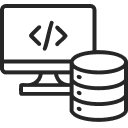 Hire Back End Developers
Hire Back End Developers Hire Front End Developers
Hire Front End Developers AI Healthcare Software Development & Consulting
AI Healthcare Software Development & Consulting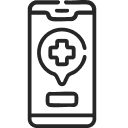 Healthcare App Development
Healthcare App Development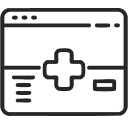 EHR Software Development
EHR Software Development Healthcare AI Chatbot Development
Healthcare AI Chatbot Development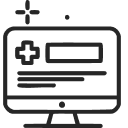 Telemedicine App Development Company
Telemedicine App Development Company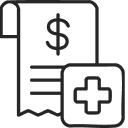 Medical Billing Software Development
Medical Billing Software Development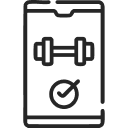 Fitness App Development
Fitness App Development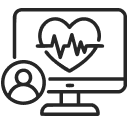 RPM Software Development
RPM Software Development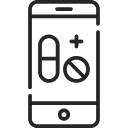 Medicine Delivery App Development
Medicine Delivery App Development Medical Device Software Development
Medical Device Software Development Patient Engagement Software Solutions
Patient Engagement Software Solutions Mental Health App Development
Mental Health App Development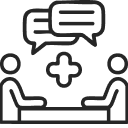 Healthcare IT Consulting
Healthcare IT Consulting Healthcare CRM Software Development
Healthcare CRM Software Development Healthcare IT Managed Services
Healthcare IT Managed Services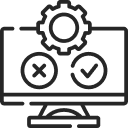 Healthcare Software Testing services
Healthcare Software Testing services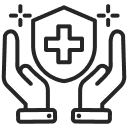 Medical Practice Management Software
Medical Practice Management Software Outsourcing Healthcare IT Services
Outsourcing Healthcare IT Services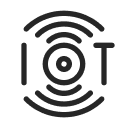 IoT Solutions for Healthcare
IoT Solutions for Healthcare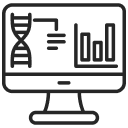 Medical Image Analysis Software Development Services
Medical Image Analysis Software Development Services Lending Software Development Services
Lending Software Development Services Payment Gateway Software Development
Payment Gateway Software Development Accounting Software Development
Accounting Software Development AI-Driven Banking App Development
AI-Driven Banking App Development Insurance Software Development
Insurance Software Development Finance Software Development
Finance Software Development Loan Management Software Development
Loan Management Software Development Decentralized Finance Development Services
Decentralized Finance Development Services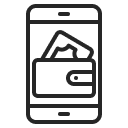 eWallet App Development
eWallet App Development Payment App Development
Payment App Development Money Transfer App Development
Money Transfer App Development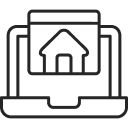 Mortgage Software Development
Mortgage Software Development Insurance Fraud Detection Software Development
Insurance Fraud Detection Software Development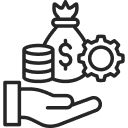 Wealth Management Software Development
Wealth Management Software Development Cryptocurrency Exchange Platform Development
Cryptocurrency Exchange Platform Development Neobank App Development
Neobank App Development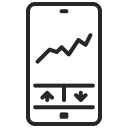 Stock Trading App Development
Stock Trading App Development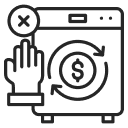 AML software Development
AML software Development Web3 Wallet Development
Web3 Wallet Development Robo-Advisor App Development
Robo-Advisor App Development Supply Chain Management Software Development
Supply Chain Management Software Development Fleet Management Software Development
Fleet Management Software Development Warehouse Management Software Development
Warehouse Management Software Development LMS Development
LMS Development Education App Development
Education App Development Inventory Management Software Development
Inventory Management Software Development Property Management Software Development
Property Management Software Development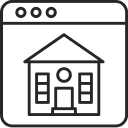 Real Estate CRM Software Development
Real Estate CRM Software Development Real Estate Document Management Software
Real Estate Document Management Software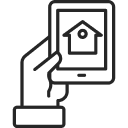 Construction App Development
Construction App Development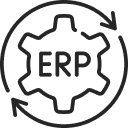 Construction ERP Software Development
Construction ERP Software Development





